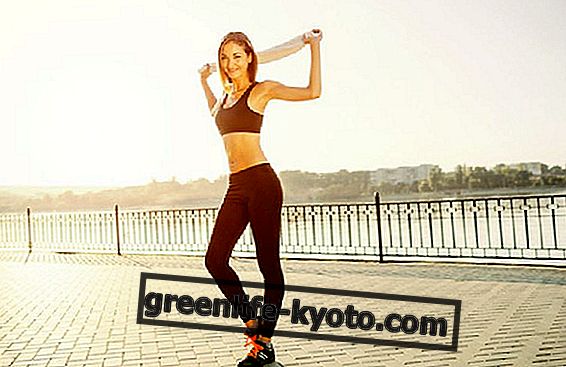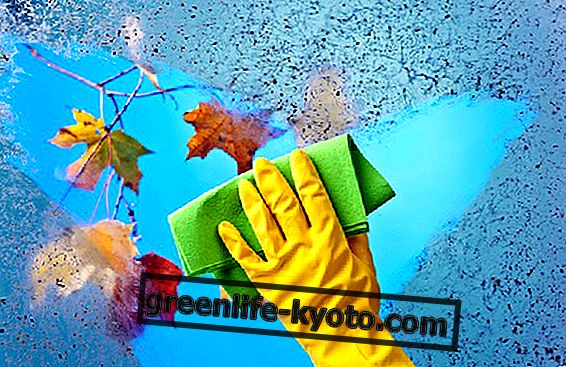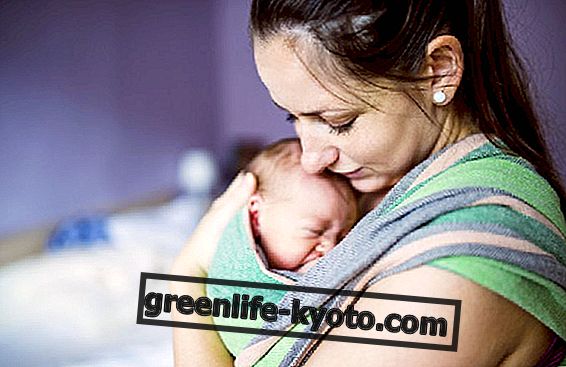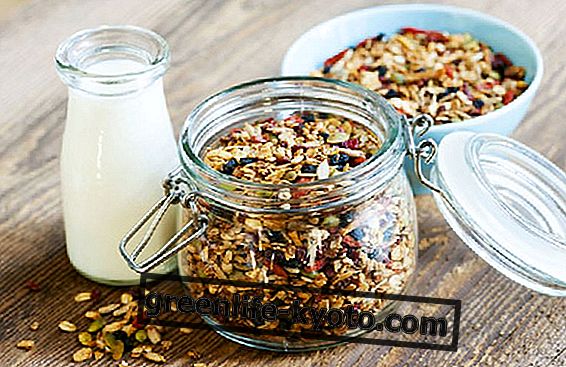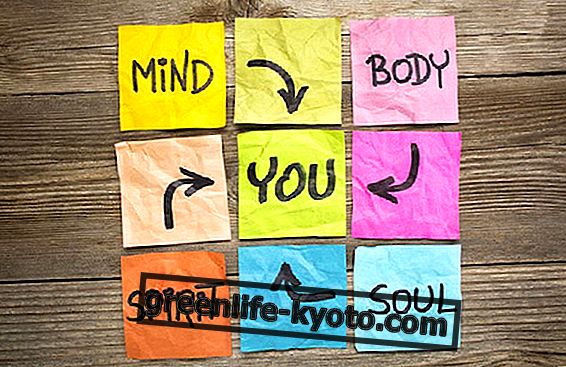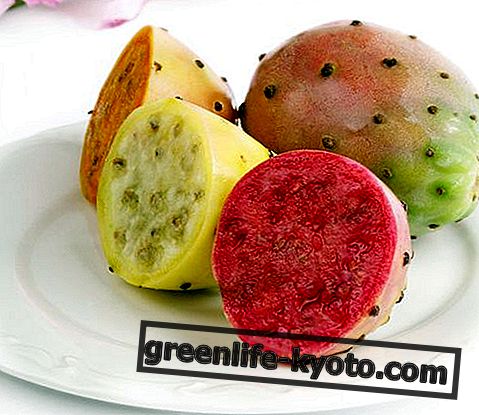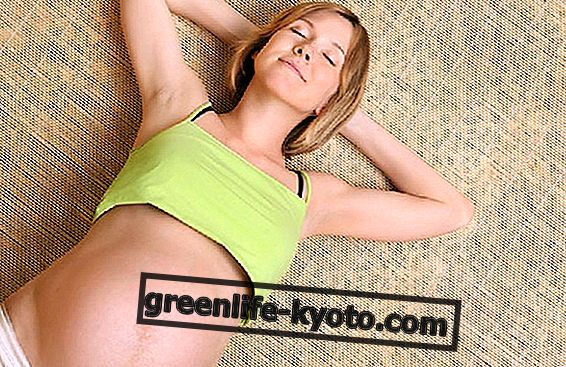
All foods provide "precious material" for the construction of our cells and our body.
But there are some that are much more valuable than others: they are the so-called nutraceutical foods, that is, those that bring health benefits.
The benefits obviously must be real and proven by scientific studies. The term " nutraceutical " is a neologism, or a young word, coined in 1989 by Dr. S. DeFelice from the fusion of two words such as "nutrition" and "pharmaceutical" : nutraceutical foods contain effective nutrients, which are commonly found in nature but in minimum concentrations not sufficient to bring benefits.
There is a European regulation on nutraceutical foods and their nutritional values. It is worth knowing, to disentangle the "jungle" of advertising messages, sometimes not entirely true.
Nutritional values and nutraceutical foods: what does the law say?
Nutraceutical foods are also referred to as functional foods, alicamenti, pharma food .
The minimum quantities of nutrients present in a nutraceutical food, such as to guarantee benefits, are regulated by Regulation 432/2012 of the European Union, in which are also listed the clauses (claims) that can be used to illustrate the benefits .
These quantities can be present in the food as it is found in nature or in foods added with concentrated nutraceutical extracts obtained through chemical synthesis, in which case the extracts must be specified on the label.
Their content - fixed - in physiologically active substances for wellness can be nutrients such as: vitamins and minerals, amino acids, essential fatty acids, fibers and extracts of vegetable origin.
According to EFSA, the European Food Safety Authority which establishes procedures in the field of food safety, packaged nutraceutical foods must bear on the packaging the table of nutritional values - as for all packaged foods - and they may also bear the following wordings, specific to food and relative to the benefits brought :
> Estimates of chronic diseases;
> health improvements ;
> delaying the aging process ;
> favoring longevity;
> support of some apparatus or bodily functions.
The absolute prohibition of assigning and displaying on the label, for nutraceutical foods, the indication of properties suitable for preventing, treating or curing specific pathologies is in force.
Also read Nutrition Tables, what are they?
Nutritional values: what are they?
All packaged industrial foods must, by law, bear the nutrition facts on the label.
According to the EU Regulation n. 1169/2011, the declared values are the average values established ; the average nutritional values shown on the label concern the quantities of carbohydrates, proteins and fats that make up a certain food expressed in quantity / 100 gr.
In addition to the three main macronutrients, the calories, percentages of vitamins, mineral salts, water, fibers, sugars and their chemical composition are indicated . The percentages of each individual substance can also be reported, referring to the recommended daily intake (RDA).
Packaged foods such as:
> Water;
> unprocessed products consisting of a single ingredient;
> salt and sweeteners;
> coffee, tea and herbal infusions;
> vinegars;
> chewing gum;
> very small packages (with a surface area less than 25 cm square);
> products subjected to aging only (for example fruit or vegetables).
> special foods: yeasts, spices, flavorings, food additives, processing aids, enzymes, jellies.
